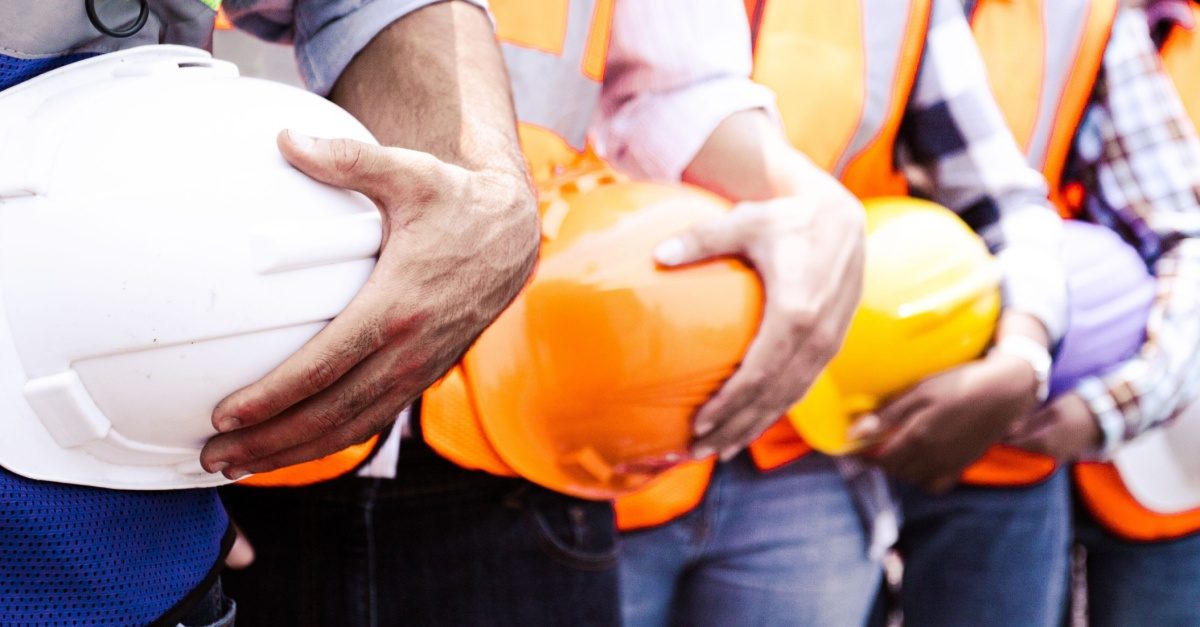
Seconds Matter: The Critical Timing Of Industrial Safety Response
Industrial environments operate with precision and tight timelines, but safety incidents can unfold much faster than most realise. The window to respond to a potential hazard is often measured in seconds, not minutes. Understanding these response timelines is essential for preventing injuries, asset loss, and supply chain disruption. Whether dealing with mechanical failures, chemical exposure, or electrical hazards, reaction speed is a key component of risk management.
The First 30 Seconds: Immediate Recognition and Alerting
The first phase of any safety incident is detection. This is the most crucial timeframe, where early recognition determines the scale of consequences. Automated sensors, like temperature monitors or a refrigerant gas detector, are invaluable in this stage. They provide instantaneous feedback that allows supervisors to identify the nature and location of a threat before it escalates.
Human observation still plays a significant role. Workers must be trained to identify signs of malfunction or distress and report them instantly. Many incidents worsen due to hesitation or failure to follow proper communication channels. Within the first 30 seconds, effective reporting can activate emergency procedures and begin shutdown protocols that contain the problem.
The First 2 Minutes: Control and Containment
Once an incident is detected, the next two minutes are about limiting spread. For example, in a fire or chemical leak scenario, rapid shutdown systems should activate, isolation valves should close, and evacuation procedures should begin. These actions prevent the hazard from affecting wider areas or other parts of the facility.
This stage often involves automated safety systems, but they must be correctly configured and routinely tested. A failure in containment within this two-minute window significantly increases the risk to people and operations. Delays at this point can lead to facility-wide shutdowns or extended business interruptions.
The First 10 Minutes: Emergency Response Deployment
If the situation continues beyond the containment stage, the focus shifts to coordinated emergency response. Internal safety teams or first responders must be mobilised quickly, typically within ten minutes. Their tasks may involve medical care, chemical neutralisation, or system override operations.
The efficiency of this response depends heavily on prior planning and drills. Facilities that conduct realistic safety exercises generally respond more effectively under pressure. Key personnel should know their roles, and communication systems must be functional under emergency conditions.
Delays Lead to Disruption
Each minute that passes without action increases the damage potential. Downtime resulting from delayed responses impacts supply chain timelines, contract obligations, and client trust. For industries dealing with time-sensitive goods or international logistics, even minor disruptions can cascade into lost revenue and damaged reputations.
Additionally, regulatory scrutiny increases significantly after avoidable safety failures. Organisations may face fines, insurance complications, and stricter operational audits. Fast, effective responses are not just about safety. They are also about operational continuity and compliance.
Industrial safety does not allow for hesitation. The faster a team responds to a hazard, the greater the chance of avoiding injury, loss, and supply chain delays. Every second saved is a step closer to maintaining operational control. Refer to the accompanying resource for additional information.

